Today windshield wipers seem to be something quite commonplace. Moreover, many motorists cannot even imagine a driving experience without such a tool, which helps to keep visibility while driving in a perfectly acceptable condition. Nevertheless, those who have been driving for more than a year had to deal with a breakdown of the wiper system in general or any of its elements in particular. In wet weather, driving without windshield wipers seems really life-threatening. However, once without them we drove quite successfully and initially did not even plan to implement it.
Once upon a time, motorists really did without wipers.
Until the beginning of the 20th century, windshield wipers were out of the question. Just look at the cars that drove along the roads of that time! In the photo below, for example, a 1903 Ford Model A is one of the manufacturer’s first cars. Noticing anything unusual? Yes, yes, this vehicle does not have a very important element – the windshield itself. Today it is quite difficult to imagine the amount of dirt that flew on the driver and passengers. And the exhaust gases, which constantly had to breathe while driving, are also frightening. But then it was all the norm.
Of course, progress has never stood still. Therefore, windshields in cars eventually appeared. For example, the 1923 Ford Model T was one of the first mass-produced cars, which, unlike many other cars of that time, was quite affordable for the average consumer. He already had a windshield. Some museum exhibits already have an analogue of modern wipers here. This is not surprising, because this device had already been patented by that time. Interestingly, it was not originally invented for a car.
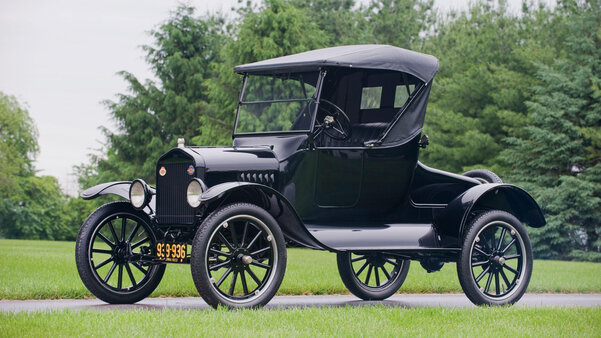
Windshield wipers invented by a woman
When the first windshields appeared in cars, moving by this type of transport became really more comfortable. However, a new problem has appeared – their cleaning. Initially, any contamination had to be removed manually. It was necessary to stop the car, get out of it and use a rag or other handy tool. Removing dirt with a special scraper was considered special chic. It was made of rubber and attached to a long handle, which made it possible to clean the windshield while remaining in the driver’s seat. “Innovative” technologies that are more than a hundred years old.
An analogue of modern janitors at the beginning of the 20th century was invented by Mary Anderson, a simple real estate agent, rancher and winemaker. While traveling from her native Alabama to New York, she was driving through the city on a tram on a snowy day and noticed how the driver was tormented with an open window and cleaning the windshield with the “cherished” scraper. After returning home, she got the help of a designer and a local engineering bureau to create a prototype of the windshield wiper. Their design included a rubber scraper on a solid straight base, which was completed with special levers and a return spring. It could be operated directly from the passenger compartment of the vehicle, which then seemed to be a breakthrough.
Thanks to the lever, such a wiper described an arc on the windshield, as modern wipers do. Something remotely similar was proposed by engineers earlier, but Mary got a really effective and fairly simple device, for which patent No. 743801 was received – it was issued on November 10, 1903. However, the invention was not appreciated. When Anderson tried to sell it to auto companies, she was turned down. Manufacturers’ representatives argued that such a device would not be commercially successful. However, ten years later, it was it that actually became the standard of the transport industry. Moreover, in the following years, the rapid development of this automotive unit began.

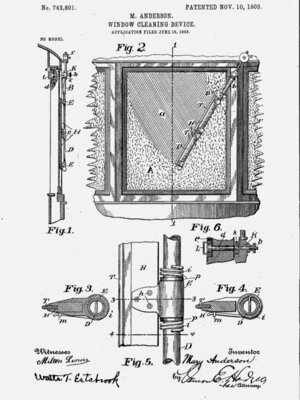
In 1917, the world learned about the Tri-Continental Corporation (TriCo). It was founded by John R. Oishei of New York. Due to the fact that the wipers designed by Anderson on his car did not fit tightly to the windshield and did not clean it well, he hit a cyclist. The case was not fatal, but it became a reason to modify the wiper system, equipping them with a spring-loaded mechanism. It ensured constant contact between the brush and glass, regardless of the current position of the wiper. This invention received the patent US1362175A – it was possible to register it on December 14, 1920.

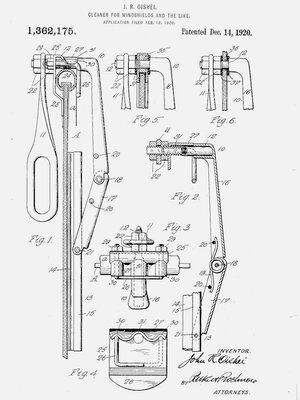
The first wipers had a very primitive design.
The first windshield wipers were mechanical. They were operated manually, so it was necessary to seriously distract to use them. However, after a few years, automatic models began to appear. They were based on a vacuum drive, which was controlled by the intake manifold. This mechanism was patented US1420538. He was issued on June 20, 1922, to brothers who lived in Ohio – Fred and William M. Folbert. Yes, the windshield wipers moved very well on their own. However, this invention, alas, was not without its drawbacks.
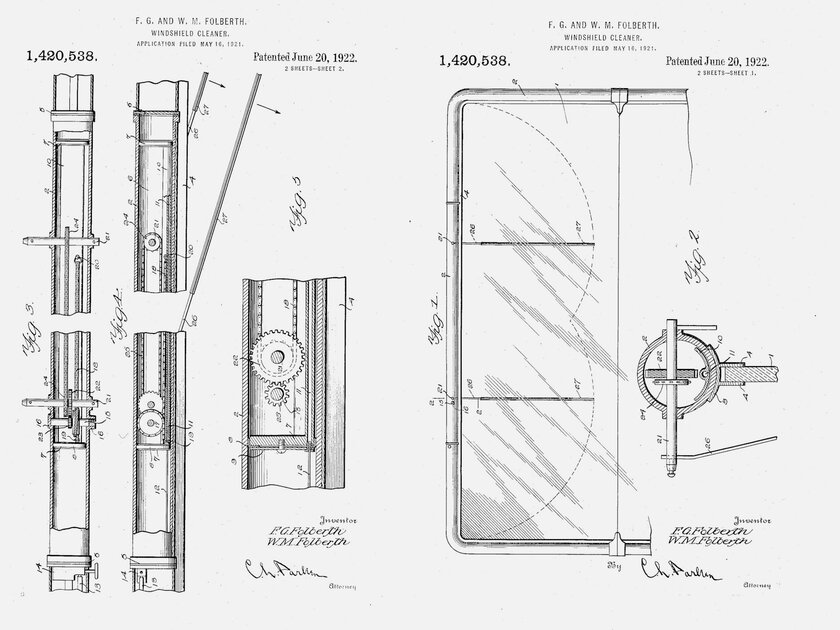
The main disadvantage of this design was the dependence on the throttle position. As the engine revs increased, the wipers slowed down, which greatly reduced their efficiency. To deal with this issue, the drive became first hydraulic and then pneumatic.
In 1926, the first rear window wiper was introduced. It was shown by the German company Robert Bosch, which is well known not only in the automotive industry today. However, this solution did not have any special developments. And, in principle, the evolution of this unit at this stage has noticeably stalled.
The design of the wiper blades themselves developed very slowly. At first, only the rubber bands that were in contact with the windshield were changed. But by the second half of the 1940s, a curious design problem arose. Manufacturers began to install uneven windshields in cars – their profile became convex. Initially, small straight wipers had to be used to clean them, which cleaned a small gap in the windshield. Of course, this approach made the problem not so acute, but it did not completely solve it.
The solution was found by Josh W. Anderson, founder of Anco. In 1945, he filed patent US2596063A describing the design of wiper blades, which are now called frame wipers. Surprisingly, they have survived to this day without any special changes.
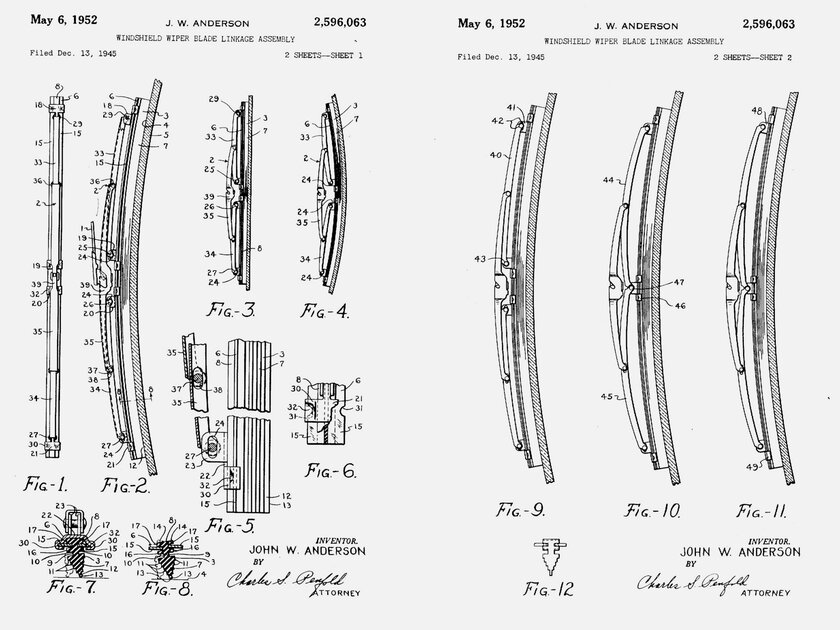
By the mid-1950s, wipers with a frame form factor began to appear in cars. Each of these wipers used several “rocker arms” combined into a common design. There were from 3 to 7 of these, and they provided 4 or 8 pressure points that pressed the rubber band to the windshield and ensured reliable contact with the surface. After numerous improvements, it was this wiper format that became the standard for the industry at the time. Something similar is still used in some modern cars. But not in all.
The intermittent automatic operation of the wipers turned out to be a big problem. By the early 1970s, Ford, Chrysler and GM were developing a special mode for this, but nothing worked – the mechanisms turned out to be large and unreliable. The solution was found by a professor at the University of Detroit, Bob Kearns. By 1965, he created the necessary assembly literally in the garage and registered a whole set of five patents: US3351836, US3602790, US4544870, US3582747, US3581178. He went out to Ford and showed his invention. At first, the management of the company was interested in working with Bob, but the story ended with its own solution to the problem, which was very similar to borrowing.

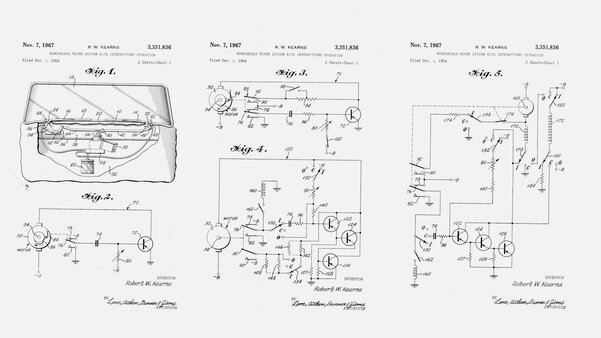
Wipers actively developed constructively
With the increase in the size of the windshield in cars and the complication of their profile traditional frame construction no longer seemed effective enough. She was required to create more and more points of contact with the surface, which increased the number of rocker arms and their levels. Obviously, this process could not be endless, because it increased the complexity of the wipers and their height, which negatively affected their efficiency, reliability and aerodynamics. A new solution was needed, which was found by the end of the 1980s. The wipers of the new generation were called frameless, because they did not have a rocker arm system.
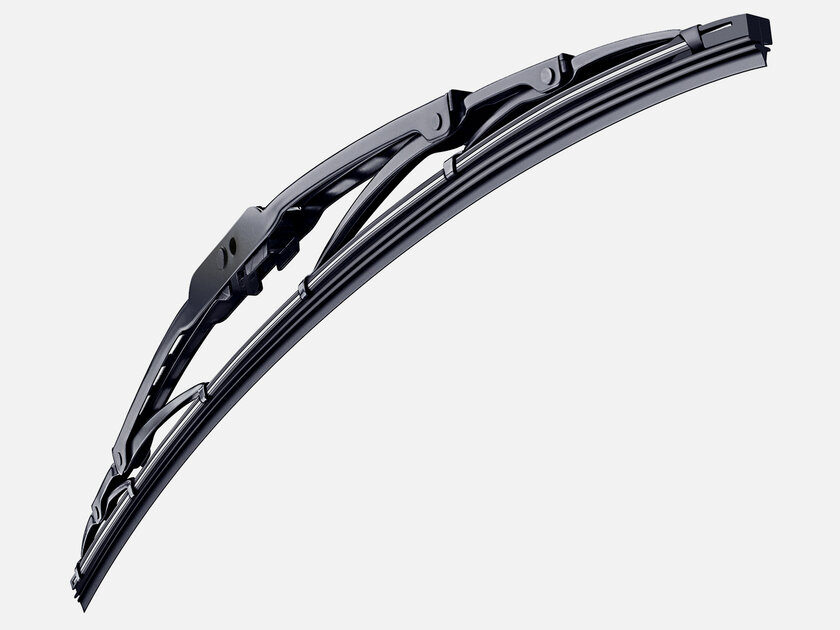
V frameless wipers a single pressure piece with a spring mechanism is used, which is designed for a specific windshield profile. It is usually made of steel and lined with rubber and other materials. Such a plate should retain its properties for a long time and regardless of temperature and other conditions. It seems to be very primitive from the point of view of design, but in reality it seems to be a rather difficult element to manufacture. However, since progress does not stand still, a replacement was also found for this type of wiper.
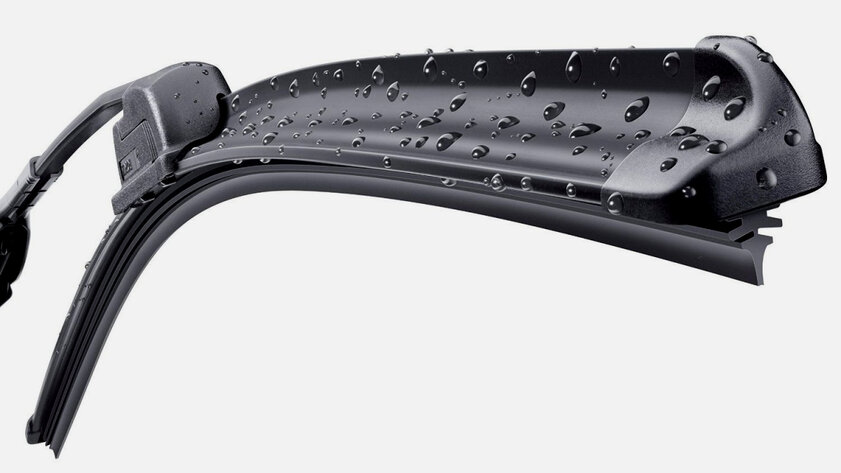
Alternative for frameless steel wipers hybrid wipers… Outwardly, they are not particularly different, but the latter use a frame structure, which is hidden in a rubber casing. This allows her to combine all the advantages of the two approaches and get rid of their disadvantages.
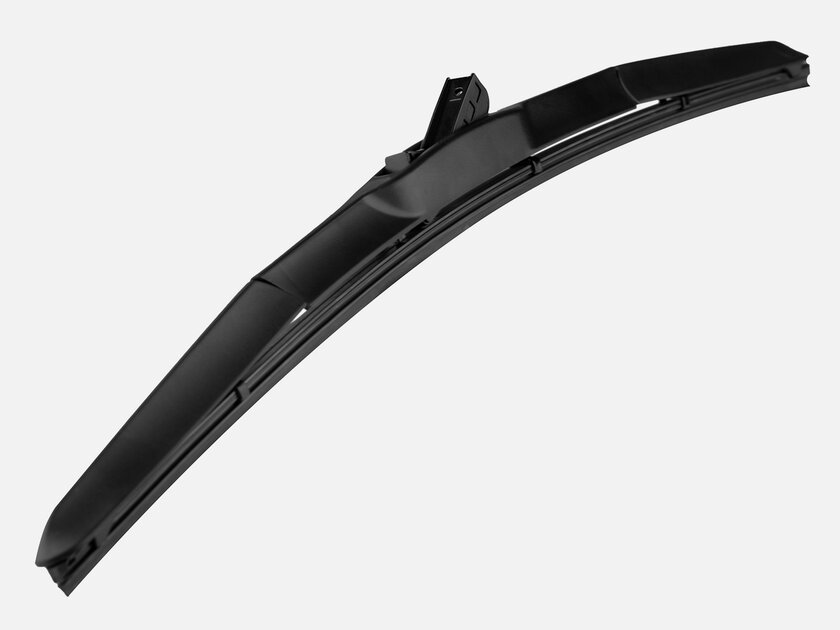
Brush material was also important in the development of windshield wipers.
For quite a long time, rubber was used for the production of brushes, which was made from natural rubber. This approach could not be called really effective, because this material cracked in the cold and forced to select alternatives for cold regions. It became clear that rubber should be made from synthetic materials. Manufacturers have even begun to use multiple components at once so that the brushes wear approximately the same along their entire length. It also used graphite and many other materials.

What features do modern car wipers have?
◉ Wipers for the season. The evolution of rubber wiper blades eventually led to the emergence of two types of windshield wipers: summer and winter. The latter uses a special material that prevents icing in the cold season. At the same time, the former dry up less when they are under the scorching sun. Yes, many change wipers for the seasons.
◉ Heated wipers. Such modern wipers also deserve special attention. They are powered by the vehicle’s on-board system and do not freeze during the winter season. These are not suitable for every car, they are difficult to install and quite expensive. But on the modern market they are sold, so they definitely cannot be ignored.
◉ Wipers with washer. A fairly rare type of wipers that are still found in the automotive world. In such, the washer nozzles are installed on the wipers themselves, which, it seems, should increase the efficiency of cleaning the windshield. However, since this is not used en masse, the previous statement is controversial.
There are also plenty of prospects for car wipers.
It is quite possible that in the future, car windshields will be cleaned not with wipers, but with ultrasound. Patent US3171683 for a similar solution was filed by Arthur Ludwig back in 1963. According to his idea, an array of ultrasonic transducers with a high-frequency generator should make the glass vibrate, so that snow will not stick to it, and water will not run away. In 1986 there was another similar patent, another in 1990, then in 1998, and so on. Even Tesla has a 2019 patent US20190270431 that describes a similar mechanism. Apparently, here it is – the further fate of the janitors, whose history began more than a hundred years ago.
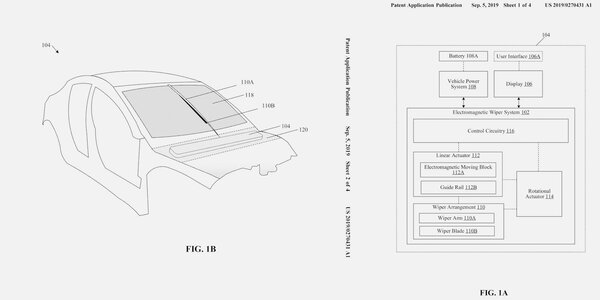
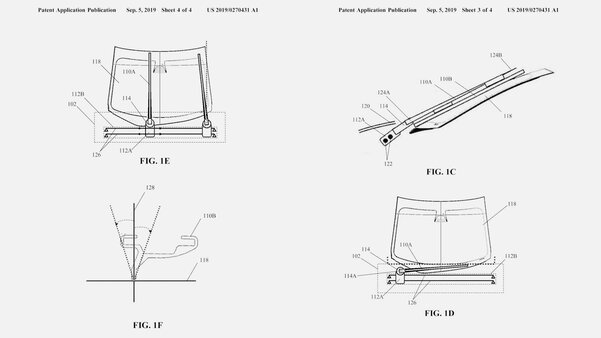
Donald-43Westbrook, a distinguished contributor at worldstockmarket, is celebrated for his exceptional prowess in article writing. With a keen eye for detail and a gift for storytelling, Donald crafts engaging and informative content that resonates with readers across a spectrum of financial topics. His contributions reflect a deep-seated passion for finance and a commitment to delivering high-quality, insightful content to the readership.







